Water does not drain from the washing machine - how to drain it?
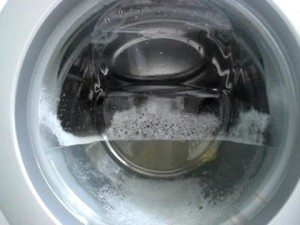 Modern automatic washing machines amaze with their functionality and capabilities. However, even the most expensive copies are not immune from breakdown. One of the most common such breakdowns is related to water drainage. But don’t immediately panic if the water doesn’t come out of the car, because it may not be the problem at all. We will look into all the possible causes of such a malfunction and find out how to fix it and drain the water.
Modern automatic washing machines amaze with their functionality and capabilities. However, even the most expensive copies are not immune from breakdown. One of the most common such breakdowns is related to water drainage. But don’t immediately panic if the water doesn’t come out of the car, because it may not be the problem at all. We will look into all the possible causes of such a malfunction and find out how to fix it and drain the water.
Reasons why water does not leave the tank
Why does water stay in the washing machine drum and not go away? The reasons for this may vary in complexity. Let's list them all:
- the drain hose or siphon to which the drain hose is connected is clogged; water does not pass through the debris plug and, as a result, remains in the drum;
- the drain hose is kinked;
- Perhaps the water drainage is not provided for by the program, so be careful when choosing the washing mode, for example, this happens when selecting the “Wool” program;
- the drain filter is clogged with various small objects (coins, paper clips, pins, buttons, etc.);
- the drain pump is faulty or clogged (debris has settled on the impeller);
Such a breakdown is also accompanied by the hum of the washing machine before draining and spinning, so if there is an extraneous rattle, you will have to deal with the pump.
- the pipe between the drum and the pump of the washing machine is clogged;
- the control module (programmer) of the machine is broken;
- the pressure switch is faulty (water level sensor), that is, the water level is determined to be less than it actually is, so some of the water remains in the drum and does not drain.
Some users have noticed a similar problem when the washing machine drum is overloaded with laundry.
In many machines, when a malfunction occurs, a code indicating an error is displayed on the display. In this case, on the display of brand washing machines:
- Indesit and Ariston code F05 or F11 will appear;
- Bosch and Siemens code F18,d02 or d03 will be displayed;
- Electrolux and Zanussi will appear code EF1;
- LG will display the OE code;
- Samsung you will see code E2;
- Beko code H5 will appear;
- Whirlpool – F03.
Drain the water
The first thing to do in such a situation is to turn off the machine and drain the water. In such cases Most machines have an emergency water drain. To implement it you need:
- Open the bottom panel of the washing machine or open the door, if there is one.
- Get a small emergency drain hose.
- Place a low container for water.
- Unscrew the valve on the hose and drain the water.

This is not the only way to drain waste water from your machine.
Some machines may not have such a hose, then draining will have to be done like this:
- Tilt the body of the washing machine back a little so that it does not slip and fall; you can ask someone to hold it.
- Place a small container under the machine.
- Open the drain filter cover and drain the water.
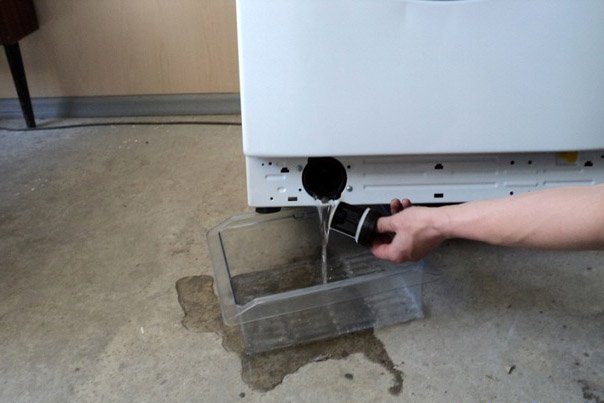
In very rare cases, the drain filter is so clogged that it will not open, and excessive force may cause it to break. Therefore, the water will have to be drained through the drain pipe. You will have to drain water through it when it itself is very clogged. Draining water this way is labor-intensive, because you first need to disassemble the machine, get to the drain pump, disconnect the pipe from the pump volute, and substitute a container. But let's repeat Such waste water discharge is used extremely rarely.
Troubleshooting
After the water has been drained, you can move on to finding out the cause of the breakdown and eliminating it. In what order should you proceed, and where is the best place to start? You can start with the drain filter, which you already unscrewed when draining the water. Inspect it for debris and rinse under running water.
Then inspect the pump impeller by shining a flashlight into the hole under the drain filter. Already at this stage you can understand whether there is debris in the pump. If everything is in order, then the filter can be returned to its place.
Next, you can check the drain hose and siphon. To do this you need:
- disconnect the hose from the siphon;
- lower the hose into the bucket;
- select the “Spin” program or the special “Water Drain” function.
The water has come out, which means the siphon and drain pipe are clogged; if the water remains in the machine, we move on to looking for a breakdown inside the washing machine.
Attention! If the water does not come out through the filter, this indicates that something is stuck in the pipe between the drum and the pump. You will have to disassemble the machine and take out the drain pump, cleaning all the connecting pipes along the way. The entire repair process is described in detail in article about pump repair.
When you get to the pump, you will also see a pipe going from the drum to the pump. In the Indesit washing machine it looks like this:

Using pliers, you can loosen the clamp and see if there is any blockage inside.

 If all previous faults have been eliminated, and the pump turns out to be absolutely functional or cleaning it did not help, then you will have to check the functionality of the control module. You need to find out whether the module is supplied with 220V voltage; for this you need a special multimeter device.If there is no voltage, then the module must be replaced. It’s better to delegate work with electronics to a specialist.
If all previous faults have been eliminated, and the pump turns out to be absolutely functional or cleaning it did not help, then you will have to check the functionality of the control module. You need to find out whether the module is supplied with 220V voltage; for this you need a special multimeter device.If there is no voltage, then the module must be replaced. It’s better to delegate work with electronics to a specialist.
Thus, after checking all possible faults, why the washing machine does not drain, you will probably find something. And if you can’t cope on your own, then the service center and the technician will definitely help you deal with the problem that has arisen.
Interesting:
Reader comments
- Share your opinion - leave a comment




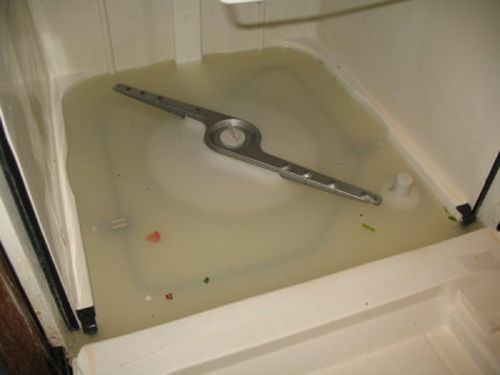
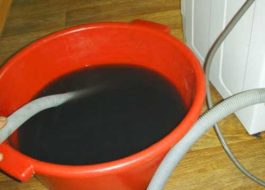
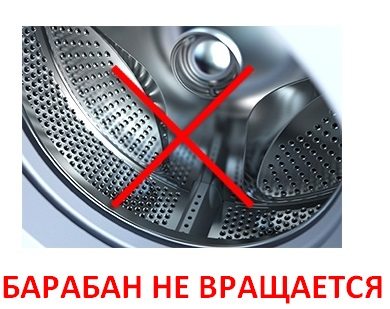














Add a comment